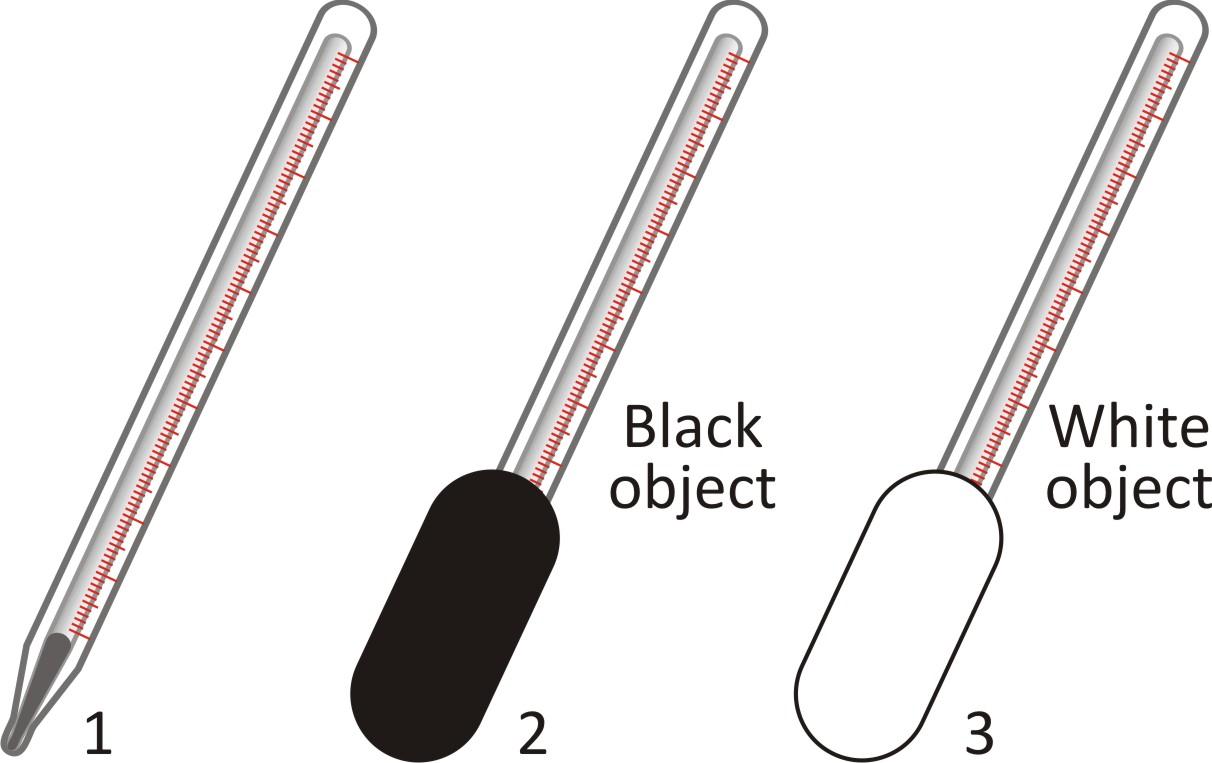Heat Energy Worksheet-1
(a) Heat the key and lock
(b) Cool the key and heat the lock
(c) Heat the key and cool the lock
(d) Cool the key and lock

Which of the following statements is true?
(a) Thermometer 1 reads the same as thermometer 3
(b) Thermometer 2 shows a higher temperature than thermometer 3
(c) Thermometer 3 shows higher temperature than thermometer 1
(d) Thermometer 1 reads the same as thermometer 2
(a) conduction (b) radiation
(c) convection (d) none of these
(a) From hotter body to a colder body
(b) From colder to a hotter body
(c) In both the directions
(d) Never flows from one body to the other
(a) automatic fire alarm (b) automatic electric iron
(c) automatic electric oven (d) all of these
(a) linear expansion (b) cubical expansion
(c) superficial expansion (d) none of these
(a) Vaporization (b) Boiling
(c) vaporization or boiling (d) none of these
(a) boiling point (b) vaporization point
(c) vaporization or boiling (d) none of these
(a) Work (b) pushing a wall
(c) Digestion (d) None of these
(a) its position only (b) its configuration only
(c) Position or configuration (d) None of these
Answer Key: